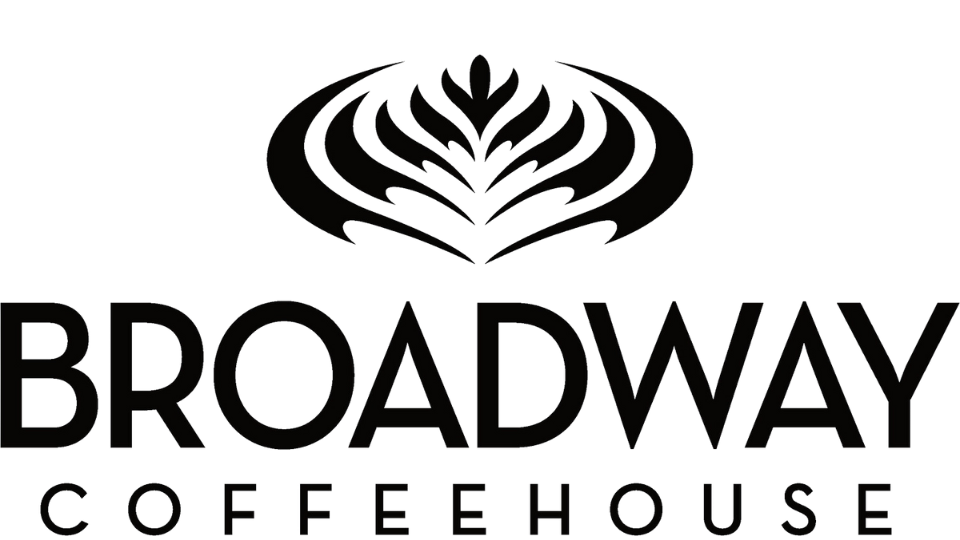Coffee 201
ROAST DATE & DIALING IN
Much of this content is from Chris Baca’s great video “Coffee Aging, Degassing, & Freshness | Is Fresher Coffee Always Better?”
OVERVIEW
This week, we’re talking about Roast Date and the effect it has on how our baristas dial in espresso. We’ll talk about why knowing the roast date matters, touch on a bit of chemistry, and end with a few practical tips.
What Happens When You Roast Coffee
Coffee arrives at the roaster as “green coffee” (pictured top left). Right after coffee is roasted, it begins to do two things: it releases, or offgasses, CO2, and it begins to oxidize. As Chris says in his video, when we brew coffee there is a “sweet spot” that allows for some degassing (so the coffee is less volatile), but also doesn’t allow the coffee to become too oxidized (stale).
Why Does Roast Date Matter to a Barista?
None of this is happening in a vacuum (unless the coffee bag is unopened or you’re doing an anaerobic process. Bad joke). The degassing and oxidation processes affect how you dial in coffee.
On Degassing, Chris says, “during that first week after roasting, because the coffee is driving off gas at such an aggressive rate, the coffee isn’t really settled and it’s almost like this living, breathing thing: it’s far from inert. And what this does is it lends itself to uneven and unpredictable extraction. Any barista who’s made espresso with really fresh coffee several days in a row has experienced this effect. Even if you have a standard recipe, you’re kind of chasing the dragon with the grind setting; day two is so much different than day three, day three is so much different than day four, and it’s really tricky to dial these coffees in.”
On the Oxidation front, you’ll find as you dial in that when a coffee gets too far away from roast (think past two to three weeks) it really starts to get dull, you’ll find standard parameters don’t work as well, and it doesn’t taste as good. It loses clarity of flavor, nuance, and those distinctives that make it interesting. This is why we rotate through Single Origin coffees on a weekly basis.
To oversimplify a little, the ideal range for coffee is 6-14 days from roast: we try not to dial in a coffee earlier than 6 days from roast, and we often phase out a coffee after ~14 days, when oxidation starts to have a bigger effect. However, you can still pull delicious coffee past that 14 day mark, but it’s often necessary to increase the dose in order to get the same effect. After a certain point, oxidation has diminished the flavor of the coffee (hence, you need a bit more).
Practical Tips
3. Make a note of how many days off roast the coffee is.
This is super easy to do when you dial in, just note what today's date is and count how many days it’s been since the coffee was roasted. If you’re within that 6-14 day range, the coffee should be behaving somewhat normally.
2. Always taste your espresso at least once (per session on bar)
With the amount of factors at play in the coffee, it’s hard to reliably predict what the coffee is tasting like unless you’re weighing your output or tasting it. Ideally you should do both. An espresso pulling at 19g, 25 seconds, 1.5oz honestly means very little by itself. Those parameters are a starting point to begin dialing in, which always includes tasting the espresso. If you haven’t tasted the coffee, you could be pulling super gross, bitter coffee for people and have no idea.
3. Plug the Single Origin at the register.
Because Single Origin espressos are all about clarity of flavor and interesting profiles, they benefit from being pulled within that “sweet spot” of 6-14 days. That means that when a Single Origin coffee sits in the hopper for a long time, it’s losing its value every day. It’s also pushing off the next Single Origin to later, which makes that coffee also taste duller, muddier, and less interesting.
A great way to increase the visibility of Single Origin espresso is the simple question “Did you have a preference on your espresso today?” while gesturing at the espresso board. It’s generally better to do this with drinks where you’d taste the espresso, like an Americano, Cappuccino, or a smaller unflavored latte. Also, sometimes you can just tell that somebody won’t care. Probably don’t ask that person.
Assume there’s someone out there who loves every type of Single Origin coffee and wants to order it, whether or not you like it yourself. Single Origin coffees are what set us apart as a Coffee-forward/specialty/”third wave” shop.

